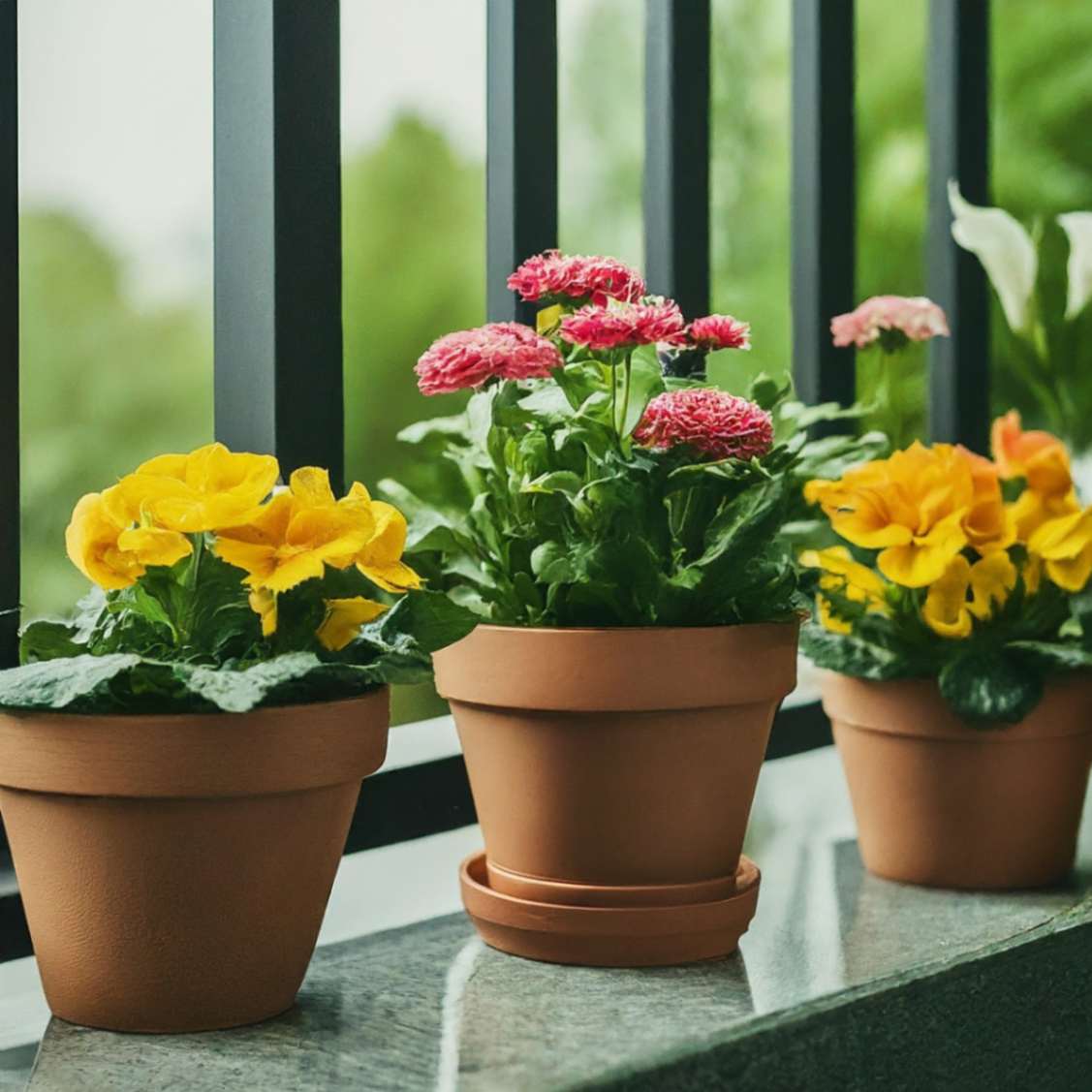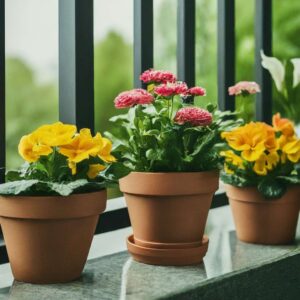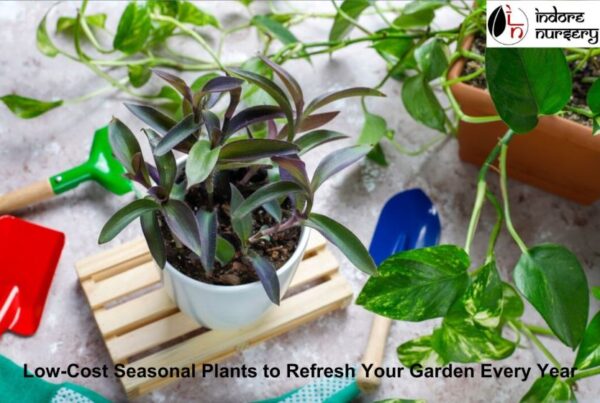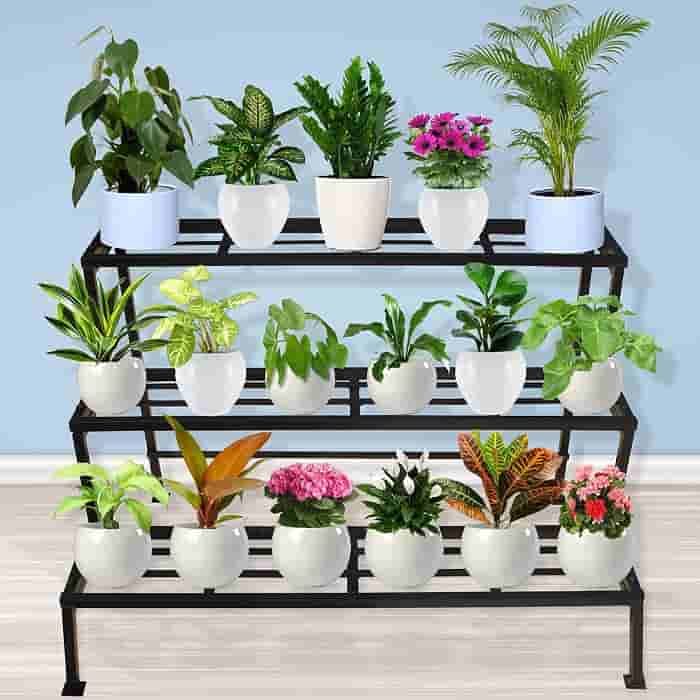Best Flowering Plants for Indian Garden
Top 10 Flowering Plants for Indian Garden
Introduction to Popular Flowering Plants
Flowering plants not only bring vibrant colours to gardens but also enhance their beauty. In India, where diverse climates prevail, a wide range of flowering plants thrive across different regions. Whether you’re aiming for traditional favourites or exotic blooms, understanding each plant’s specific needs is key for successful cultivation.
Overview of India’s Diverse Climates
India’s climates vary from tropical to temperate, arid to humid, supporting a rich variety of flowering plants. Each region’s climate influences the types of plants that flourish there. Choosing plants that suit local conditions is crucial for successful gardening.
Detailed List of Top Flowering Plants
- Rose: Known as the queen of flowers, Roses Flowers are loved for their beauty and fragrance. They thrive in well-drained soil and need plenty of sunlight.
- Marigolds: Popular in Indian festivals, marigolds prefer sunny spots and well-drained soil.
- Jasmine: Jasmine’s sweet fragrance thrives in warm climates with regular watering.
- Hibiscus: With large, colourful blooms, hibiscus plants prefer sunny spots and rich, well-drained soil.
- Bougainvillea: These vibrant climbers do well in hot, dry climates with full sunlight and minimal watering once established.
- Lotus: Sacred and serene, lotus plants grow in shallow, still waters and require full sunlight.
- Dahlia: Available in various colours, dahlias thrive in fertile, well-drained soil and prefer full sunlight.
- Zinnia: Easy to grow in bright colours, zinnias prefer well-drained soil and full sunlight.
- Petunia: Colorful annuals that thrive in sunny locations with regular watering.
- Pansy: Known for their cheerful faces, pansies prefer cool weather and well-drained slightly acidic soil.
Tips for Planting and Caring for Each Flower
– Soil Requirements: Most flowering plants prefer well-drained soil rich in organic matter to prevent waterlogging and root rot.
– Sunlight Needs: Some plants like roses and marigolds need full sunlight, while others like pansies and jasmine prefer partial shade.
– Watering Tips: Adjust watering based on plant needs; marigolds and bougainvillea prefer drier conditions, while lotus and hibiscus need regular watering to keep soil moist.
Seasonal Flowering Plants for Indian Gardens
Flowering Plants for Different Seasons:
Spring Blooms: Roses and Marigolds
Spring heralds the awakening of nature with its vibrant blooms, symbolizing renewal and freshness. Roses and Marigolds dominate gardens during this season, offering a spectrum of colours and fragrances. These plants thrive in moderate temperatures and require regular watering and sunlight. Prepare your garden by ensuring well-drained soil is enriched with compost to support its growth.
Summer Beauties: Hibiscus and Bougainvillea
As temperatures rise, gardens burst into full colour with Hibiscus and Bougainvillea. These summer stalwarts thrive in the heat, showcasing their bold blooms against the sun’s intensity. Hibiscus requires ample water and sunlight, while Bougainvillea flourishes in well-drained soil and benefits from occasional pruning to maintain its shape and encourage more blooms.
Monsoon Delights: Lotus and Zinnia
Monsoon brings relief with its refreshing showers, nurturing plants like Lotus and Zinnia. Lotus, revered for its serene beauty, thrives in shallow, muddy water and abundant sunlight. Zinnias, with their vibrant colours, prefer well-drained soil and benefit from regular deadheading to prolong flowering. Prepare your garden by ensuring good drainage to prevent waterlogging and promote healthy growth.
Winter Elegance: Pansy and Petunia
Winter blankets gardens with subtle hues, where Pansies and Petunias add a touch of elegance. Pansies, resilient to cold temperatures, thrive in moist, well-drained soil and partial sunlight. Petunias, known for their versatility, prefer full sunlight and benefit from regular fertilization to promote continuous flowering. Prepare your garden by mulching to conserve moisture and protect roots from frost.
Best Practices for Seasonal Gardening
– Soil Preparation: Prioritize well-drained soil amended with compost or organic matter suitable for each plant’s needs.
– Watering: Adjust watering schedules according to seasonal requirements to avoid overwatering or drought stress.
– Sunlight: Understand the sunlight preferences of each plant and ensure they receive adequate exposure throughout the day.
– Maintenance: Regular pruning, deadheading, and pest control are essential to promote healthy growth and flowering.
– Seasonal Transitions: Gradually transition plants between seasons to minimize shock and ensure continued health.
Native Indian Flowering Plants for Eco-Friendly Gardens
Importance of Native Plants
Native plants play a crucial role in maintaining biodiversity and supporting local ecosystems. Choosing native species for your garden not only enhances its aesthetic appeal but also promotes sustainability and environmental balance. Native plants are naturally adapted to the local climate, soil conditions, and wildlife, making them resilient and low-maintenance options for gardeners.
Benefits of Growing Native Species in Your Garden
- Environmental Adaptation: Native plants have evolved to thrive in specific regions, requiring less water, fertilizer, and pesticides compared to exotic species.
- Wildlife Habitat: They provide food and shelter for local wildlife such as birds, butterflies, and bees, supporting biodiversity.
- Reduced Maintenance: Due to their adaptation to local conditions, native plants generally require less care once established, contributing to lower garden maintenance efforts.
Care Tips and Environmental Benefits
– Site Selection: Choose a location that matches the plant’s sunlight and soil requirements.
– Planting: Dig a hole twice the size of the plant’s root ball, backfill with soil mixed with compost, and water thoroughly.
– Watering : Water deeply but infrequently to encourage deep root growth and drought tolerance.
– Mulching: Apply mulch around plants to retain moisture, suppress weeds, and regulate soil temperature.
– Pruning: Prune dead or damaged branches to promote healthy growth and shape plants as needed.
Environmental Benefits
– Water Conservation: Native plants require less water once established, reducing the need for irrigation.
– Soil Health: Their deep root systems improve soil structure and increase its ability to absorb and store water.
– Pollinator Support: Native flowering plants attract pollinators essential for fruit and seed production in gardens and nearby ecosystems.
Flowering Plants for Balcony and Terrace Gardens in India
Adapting Flowering Plants to Small Spaces
Creating a garden in urban environments presents unique challenges but also exciting opportunities to incorporate nature into limited spaces. Flowering plants like Petunias, Geraniums, Bougainvillea, Jasmine, and Begonias are ideal choices due to their compact growth and vibrant blooms. These plants thrive in containers and hanging baskets, making them perfect for balconies and terraces. By strategically placing pots and using vertical space, urban dwellers can create a colorful oasis amidst the concrete jungle.
Container Gardening Tips
Choosing the right pots is crucial for container gardening. Opt for sturdy containers that provide adequate drainage to prevent waterlogging. A well-draining soil mix, combining potting soil with compost or perlite, ensures optimal growth. Regular pruning and deadheading help maintain plant health and encourage continuous blooming. Remember to monitor moisture levels and provide occasional feeding to keep your plants flourishing.
Low-Maintenance Flowering Plants for Busy Gardeners in India
Low-maintenance gardening is ideal for those with busy schedules. These plants require minimal watering, boast natural pest resistance, and thrive in various soil conditions. Marigolds, Bougainvillea, Zinnias, Periwinkles, and Lantanas are excellent choices for Indian climates. Plant them in well-drained soil and provide occasional fertilizer. With their resilience and enduring beauty, these plants offer a hassle-free way to enjoy a thriving garden year-round.












Recent Comments